The previous segment of this series left off discussing how lifestyle choices, infrastructure, and a new economic thinking must work in tandem to change the overall trajectory from a car-first to a people-oriented mobility Zeitgeist that can lead to a reduction of the current global automobile fleet of 1.2 billion to no more than a billion by 2040.
Let’s take a look at what a future inspired by this kind of a human-scale, integral transportation epoch might look like.
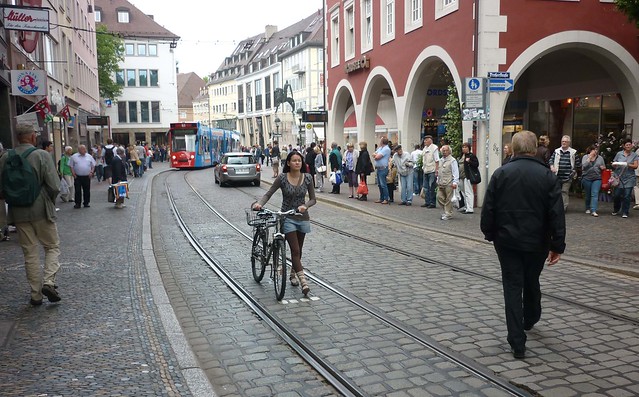
Downtown Freiburg, Germany: Rebuilt after WWII with carless mobility in mind
We’re all familiar with the slogan “Reduce, Reuse, Recycle.” It’s a good one for sure, as it doesn’t deny the fact that we live and will continue to do so in a material world while at the same time laying out an easily understood list of priorities to guide us in becoming less wasteful (a fourth “R” — Refuse — as the lead-off would be an appropriate addition). Similarly, the phrase “Eat food, Not too much, Mostly plants” coined by author Michal Pollan conveys a ranking of eating habits that connects personal well being with best practices for the planet in a non-dogmatic, progressive, and easy to digest (pun!) way.
An equivalent motto for a realistic yet meaningful transportation transformation would be “Get around. Not too fast. Mostly walk.” On both policy and personal levels, it acknowledges and honors our human desire for mobility (get around) while prioritizing modes of transportation that may be slower but are more sustainable (not too fast) and encouraging the most nimble and healthy way of moving about (mostly walk) whenever possible.
Here’s a look at preferred transit modes and their role in pushing the lifestyle, infrastructure, and economic trifecta toward a post-auto world, stacked by proportional impact, from lowest to highest.
Naturally, leading the list is the carrier with the smallest footprint — our feet.
- Walking
Lifestyle: Healthy, Social, Simple, Flexible, Free
Infrastructure: Human-scale, Accessible, Self-Regulating, Safe, Durable
True Cost: Pavement, Maintenance


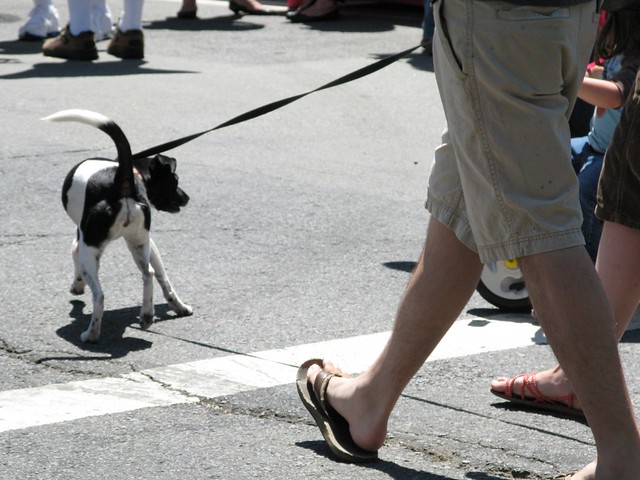
Next, there’s walking on wheels, like…
- Skating/Scooting
Lifestyle: Healthy, Simple, Affordable, Speedy
Infrastructure: Human-scale, Accessible, Self-Regulating, Safe, Durable
True Cost: Equipment Materials & Production, Pavement, Minor Street Maintenance



Followed by pedal power, such as…
- Bicycling: Personal/Commuter/Cargo/Share/Taxi
Lifestyle: Healthy, Affordable, Mobile, Utilitarian
Infrastructure: Bike-scale, Compact, Safe, Fluent, Minor Traffic Regulation
True Cost: Bicycle Materials & Manufacture, Pavement, Minor Street Maintenance


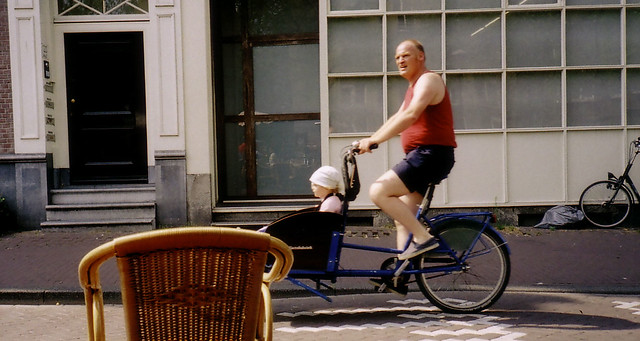
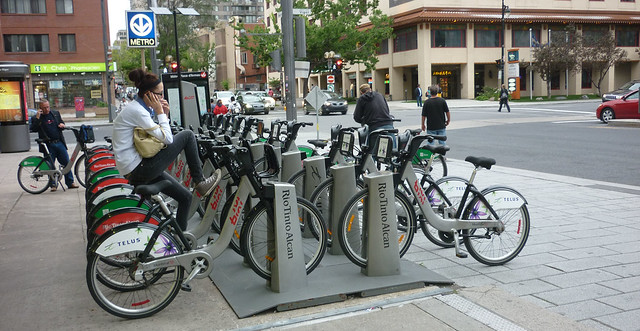

For urban, regional and long distance mobility there’s mass public transit, such as
- Electric Light Rail/Bus/Subway/High Speed Rail
Lifestyle: Active, Comfortable, Reliable, Communal
Infrastructure: Compact, Integrative, Manageable, Low Footprint Per Capita
True Cost: Vehicle Materials & Manufacture, Electricity, Infrastructure, Maintenance


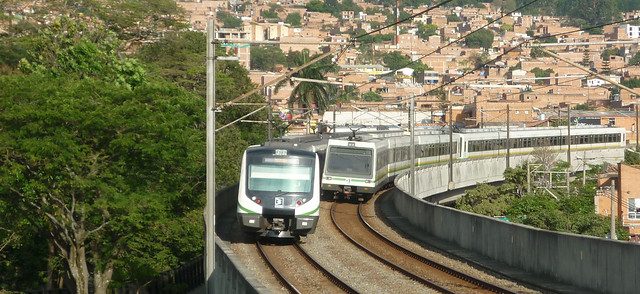
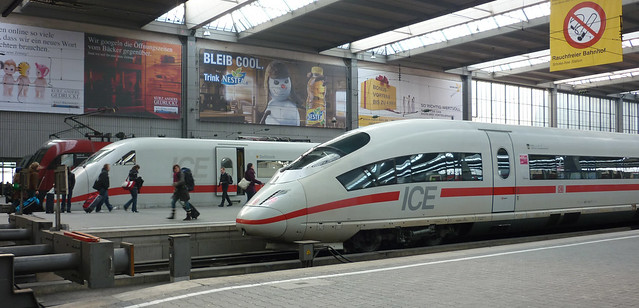
Depending on geography and culture, other clean or energy-efficient modes may fill important transit niches, such as water taxis in Venice,

ferry service in Istanbul,

or gondolas in Medellín.
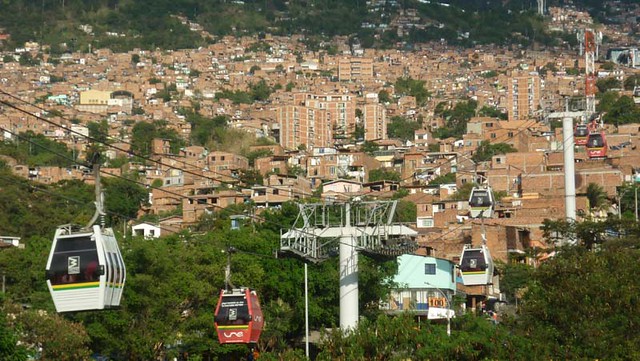
As mentioned earlier, there is a place and need for motorized personal vehicles. There are, of course, electric bikes, scooters and motorcycles, which of all motor vehicles fit best into settlements designed for proximate and sustainable living. However, given that cars are on occasion necessary and legitimate means of transportation, let’s turn our attention to the ways in which they can be utilized most integrally in a pedestrian, bike and transit oriented grid.
First off, size matters. Smaller cars weigh less, take fewer resources to produce, are more fuel-efficient, provide better visibility of pedestrians and cyclists, and don’t take up as much space.

If the car can be electric-powered and small enough to seamlessly blend into a pedestrian zone, the better.

Rethinking the meaning and function of a car is a big part of an overall infrastructure that is more fluid, clean, and light. For example, there is no reason for cities and towns in warmer climates to not be primarily serviced by golf carts, as is the case on California’s Catalina Island.
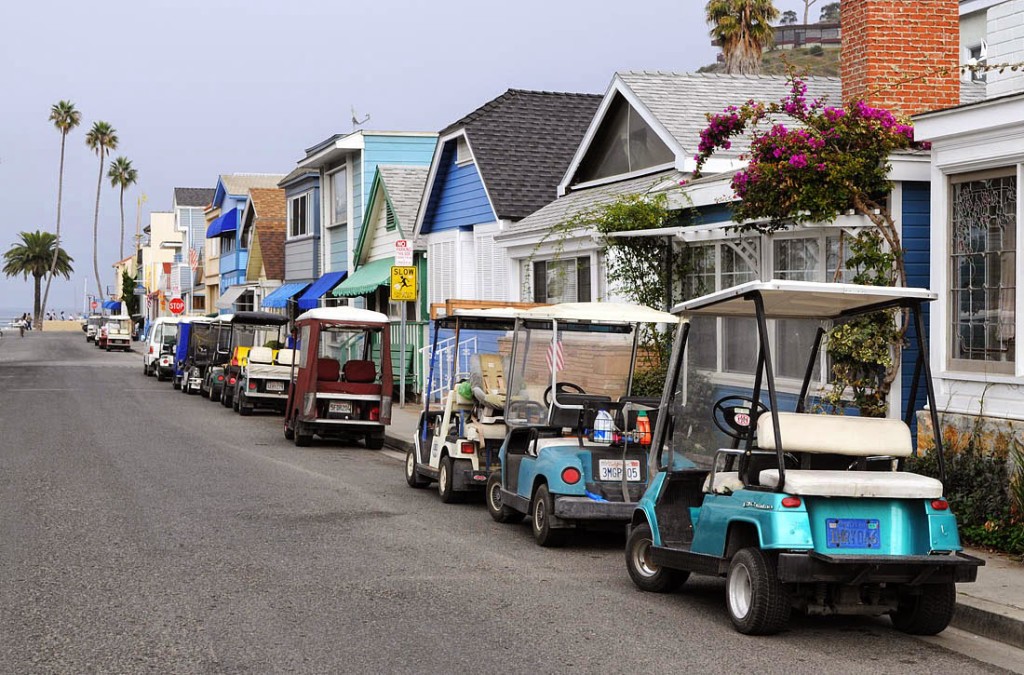
photo: Rosa L. McArthur
If a bigger car is needed for storage or multiple passengers, the ideal usage is a fully occupied carpool.

In the same vein, car sharing makes a lot of sense in dense urban environments where parking space is limited and most people don’t need a car on a daily basis.

The Car of the Future
Ultimately, if we are to counter the dangerous current trend lines of climate change and shrink the existing global automobile fleet, the number one priority throughout all facets of civic life must be to reward car-free living and the physical and mental spaces that support it.
While some of the changes will be dictated by economic reckoning,
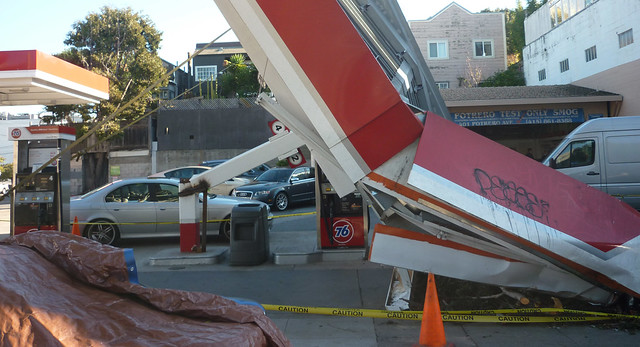
we can do a lot to prepare for a successful transition through the right architecture,
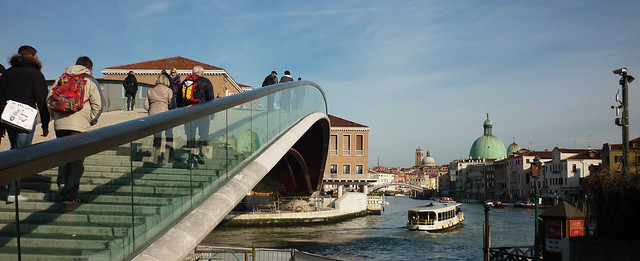
re-envisioning existing spaces,
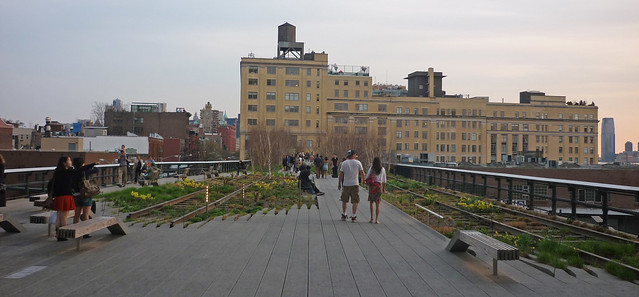
building people-centric communities,
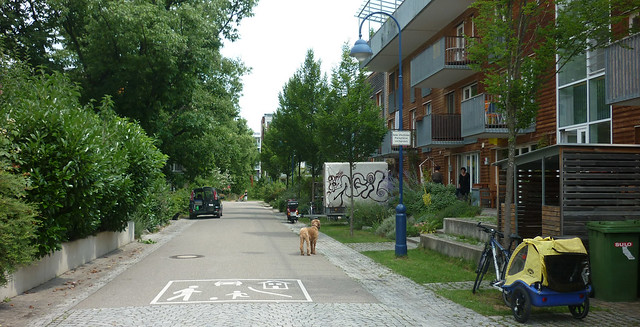
and sometimes just horsing around…

However, in a world obsessed with innovation and technology, we shouldn’t forget that some of the most prudent and functional solutions to our problems have been around for a long time.
We’d be well advised to take our clues from cities and towns that have thrived since the middle ages,

and instead of reinventing wheels look to the ones that have propelled us successfully throughout the last century,.

In the end, it’ll be the passion, imagination, and inspiration of citizens in automobile-dominated cities across the globe

that will sow the seeds for the car of the future!

Carsick Planet is a 3-part series excerpted from a photo feature originally published at Medium. All photos by the author, except where noted otherwise.
Part 1: Why the world needs FEWER not better cars
Part 2: Reducing the fleet through personal, infrastructure & economic change

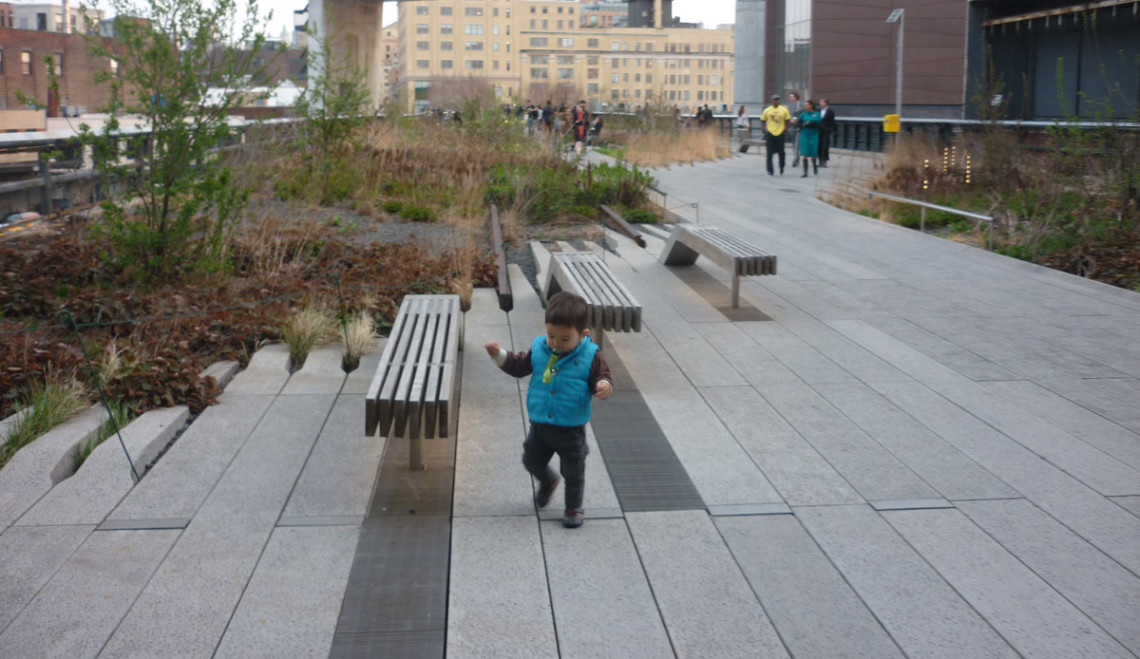

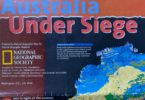




I’m really appreciating and enjoying your perspective on the automobile!
As I was watching a video of a lecture on nutrition by Sally Fallon (https://www.youtube.com/watch?v=7ixsBn_lfXE), I was struck by the fact that it was the creation of roads that brought “the displacement foods of commerce” that destroyed the health of many indigenous peoples. As long as they had a only a foot path they stayed healthy! This perspective came from a study during the last century by a dentist, Weston A. Price.
Thanks Lark. In a way I think that cars are just one more “vehicle” of the industrialized mindset that destroys life in balance with nature — and thus indigenous life. It’s certainly true that the railroad already did a lot to destroy native land and extract resources, but the proliferation of the car with the entire infrastructure built for it has taken the intrusion on Earth’s natural ecosystems and those who directly depend on it for survival to a whole new level.